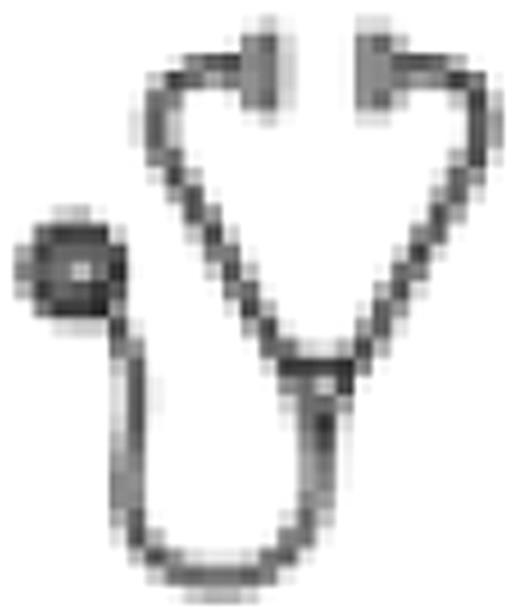Abstract
Abstract 97
Using an integrated genomic approach, including comparative genomic hybridization (CGH) and single nucleotide polymorphism (SNP) analysis, the tet oncogene family member 2 (TET2) gene was recently identified as a candidate tumor suppressor gene in a variety of myeloid disorders. Subsequent sequencing analysis revealed heterogeneous TET2 mutations in 12 to 26% of patients with acute myeloid leukemia (AML), myelodysplastic syndrome (MDS) and myeloproliferative neoplasms (MPN). To date, there are only scarce data on the role of TET2 mutations in AML, in particular within the context of other AML-associated gene mutations.
To explore frequency and clinical impact of TET2 mutations in a large cohort of genetically and clinically well characterized adult AML patients (16 to 60 years) who were treated within the AML HD98A study (n=870).
783 of 870 (90%) AML patients could be analyzed. Mutation screening was performed using a DNA-based PCR assay. All coding exons (3-11) of TET2 were amplified followed by sequencing analysis. Patients were also studied for NPM1, FLT3-ITD (internal tandem duplication), and IDH1/2 mutations. The median follow-up for survival was 6.5 years.
In total, 66 TET2 mutations were found in 60 (60/783; 7.6%) patients with 6 (10%) cases exhibiting more than 1 mutation. All but one (Q461X) mutations were heterozygous. TET2 mutations were spread all over the gene, mostly affecting exon 3 (28 events) and exon 11 (26 events). TET2 sequence alterations included 16 frameshift (24%), 15 nonsense (23%), and 35 missense (53%) mutations. Alignment to distinct SNP databases and published data did not identify any of these sequence variations as a polymorphism.
TET2 mutations were not correlated with distinct clinical features (gender, age, de novo vs. secondary vs. therapy-related AML, white blood cell and platelet counts, bone marrow and peripheral blood blasts) and was not associated with other genetic alterations (normal karyotype, t(8;21), inv(16), trisomy 8; t(15;17), t(6;9), complex karyotype, NPM1 mutation, FLT3-ITD, FLT3-TKD); the only correlation was found for IDH mutations that were mutually exclusive in TET2 mutated patients (P=.0004).
TET2 mutation status did not impact response to induction therapy (P=.77) and clinical outcome [event-free survival (EFS), P=.67; relapse-free survival (RFS), P=.49; overall survival (OS), P=.43] in the whole study population; the same was true for the subgroup of cytogenetically normal (CN)-AML [EFS, P=.94; RFS, P=.22; OS, P=.36]. Finally, we evaluated the prognostic value of TET2 mutations in the genotypes NMP1mut/FLT3-ITDnegative and all others, but again TET2 mutations did not impact survival (OS; p=.95, p=.21, respectively).
In this cohort of 783 younger adult AML patients TET2 mutations were identified with an overall frequency of 7.6%. TET2 mutations were distributed over all cytogenetic and, with the exception of IDH, all other molecular genetic markers; TET2 mutations did not impact clinical outcome in the overall population as well as in the subgroup of CN-AML.
No relevant conflicts of interest to declare.

This icon denotes an abstract that is clinically relevant.
Author notes
Asterisk with author names denotes non-ASH members.

This feature is available to Subscribers Only
Sign In or Create an Account Close Modal